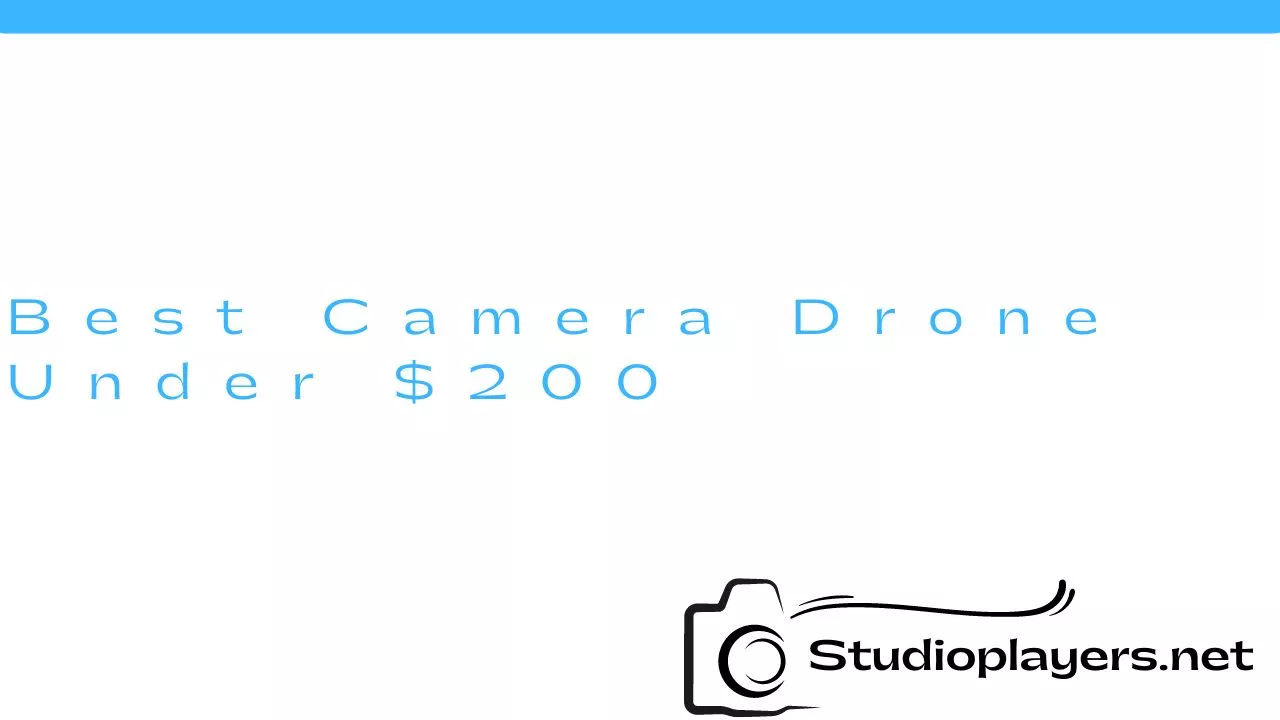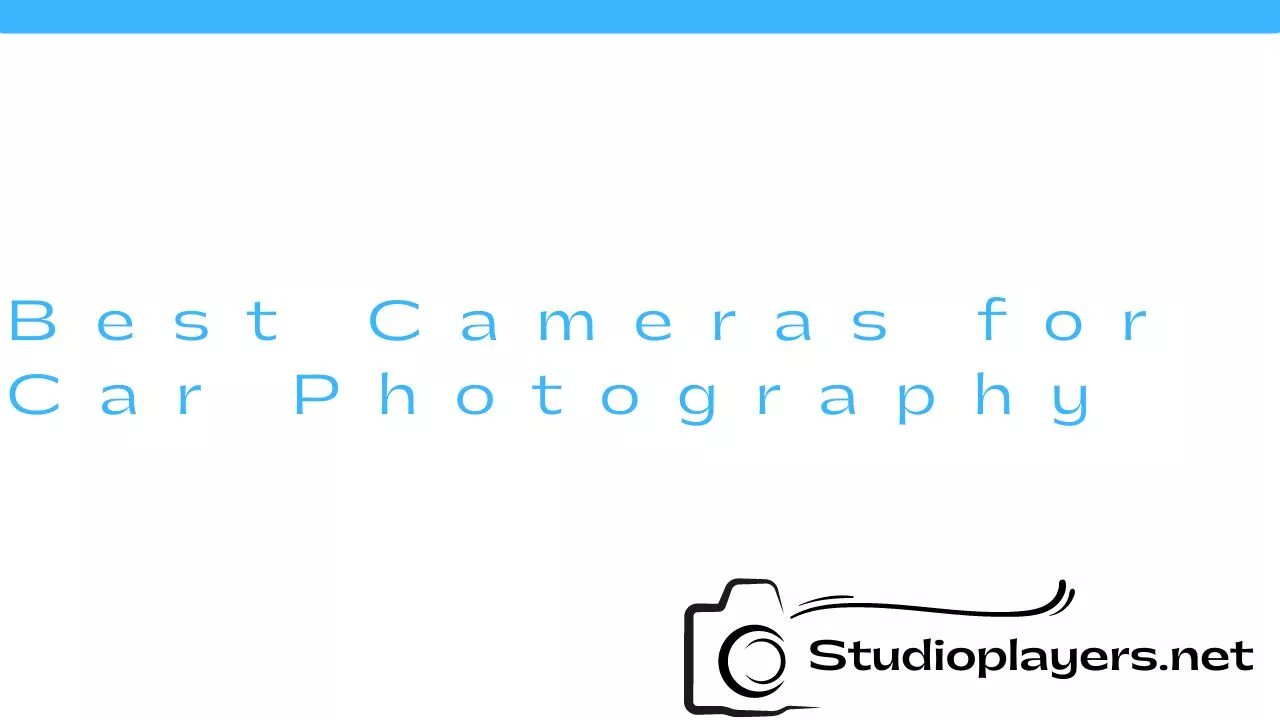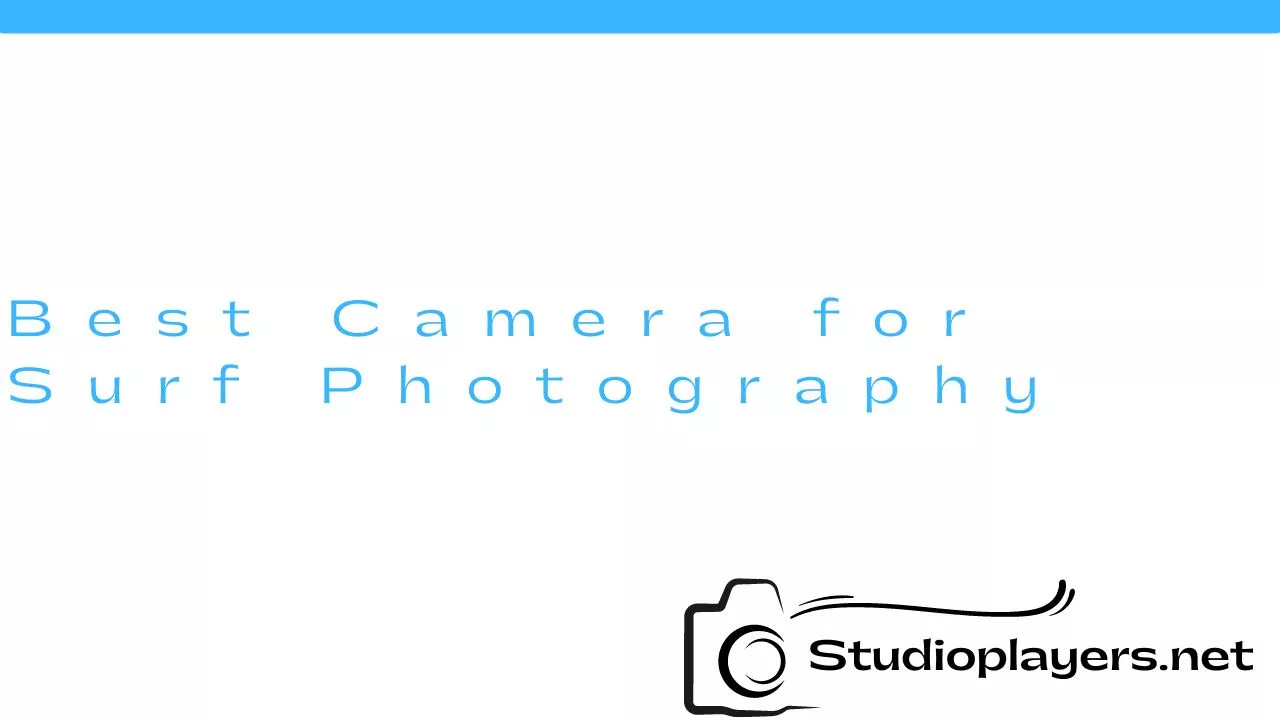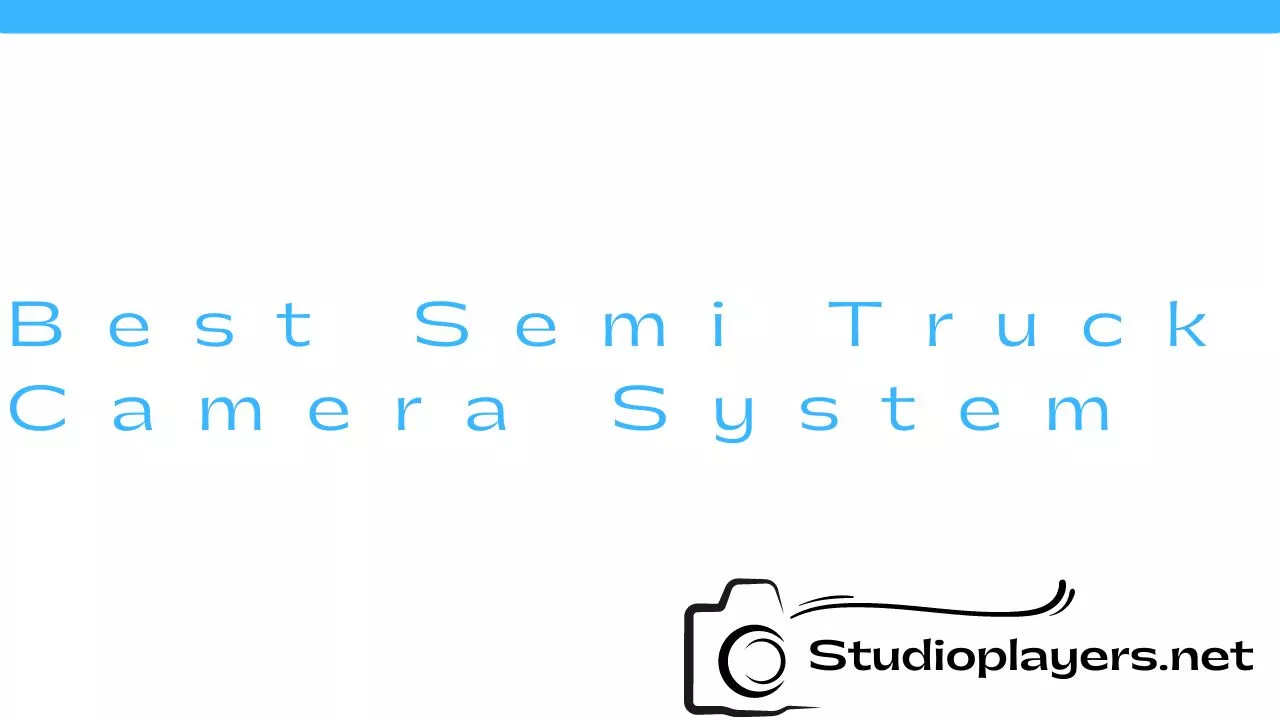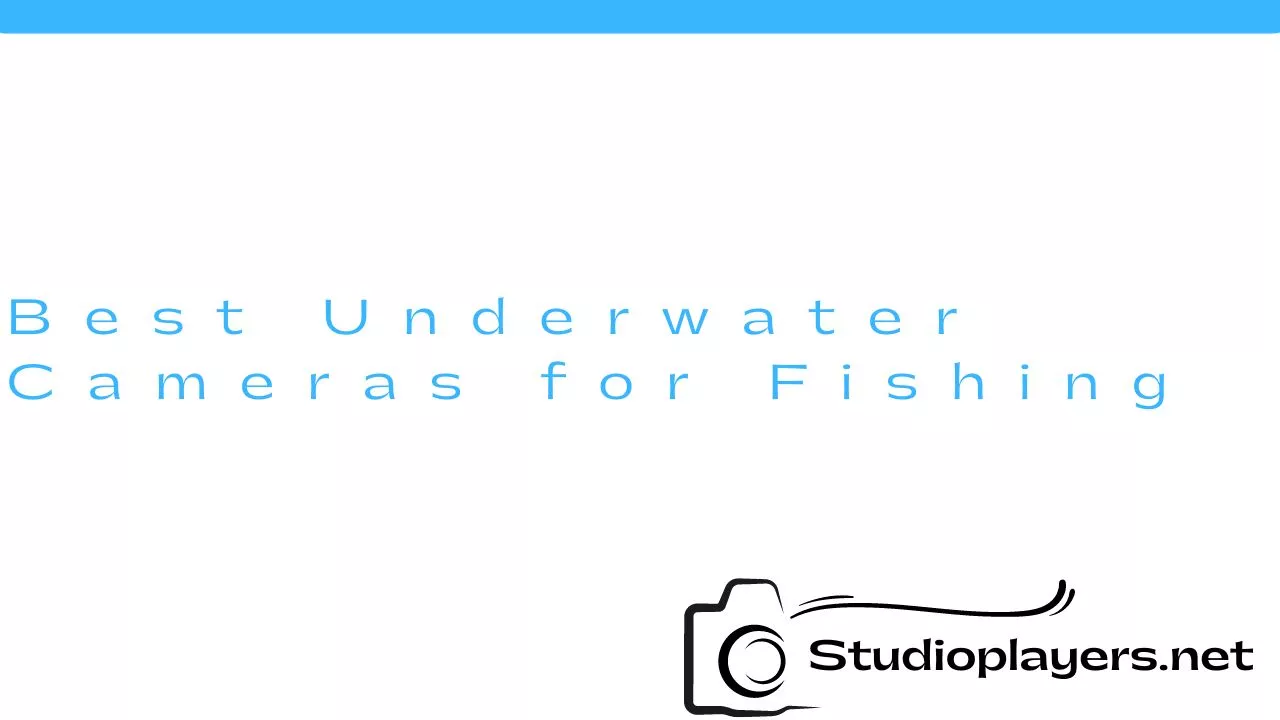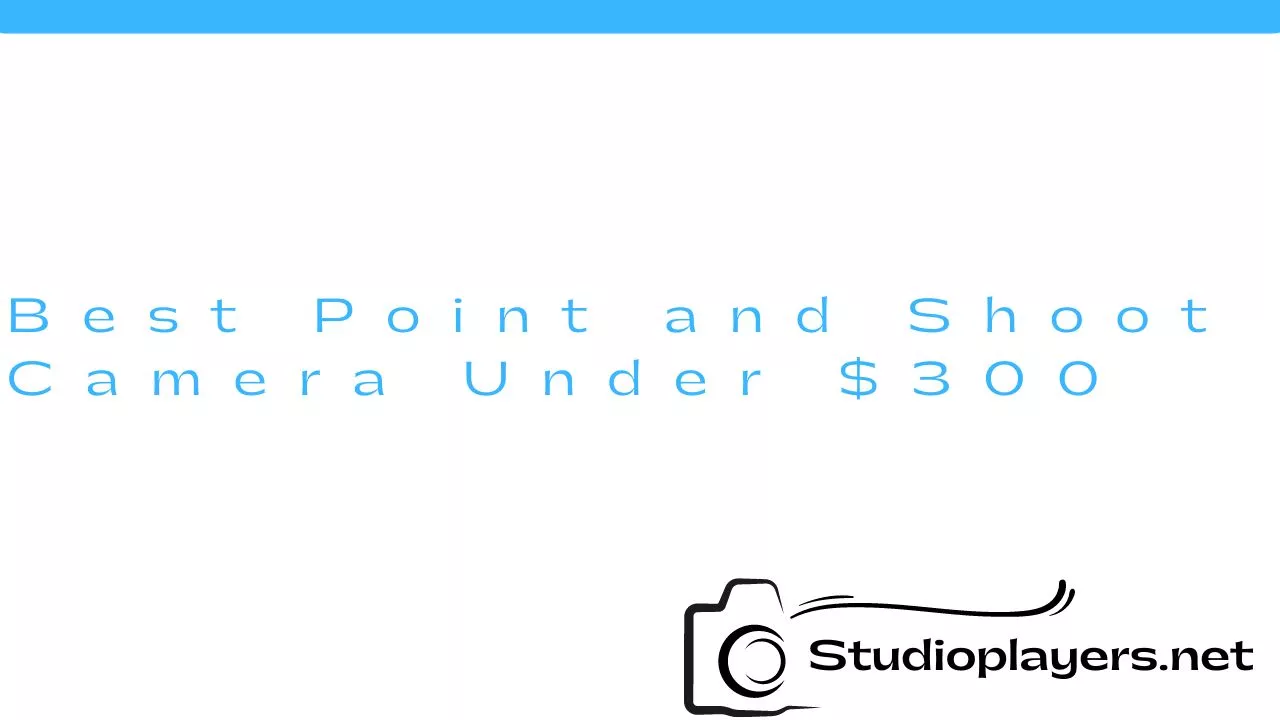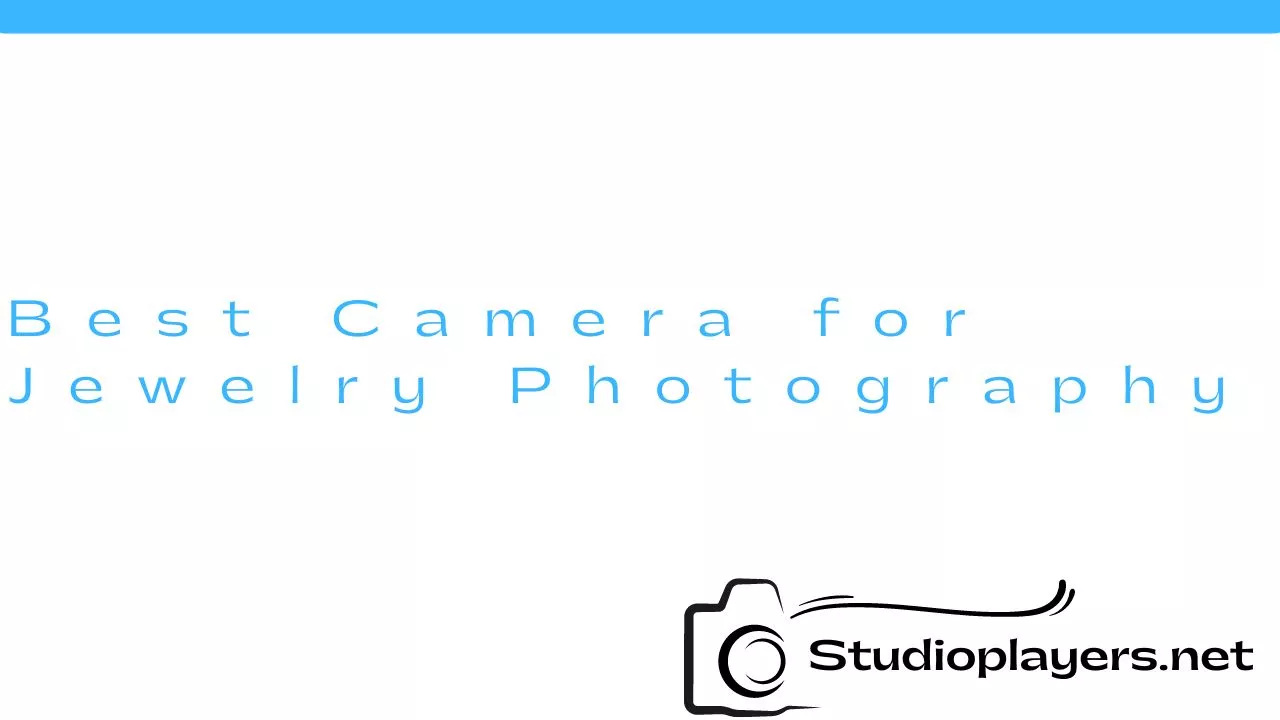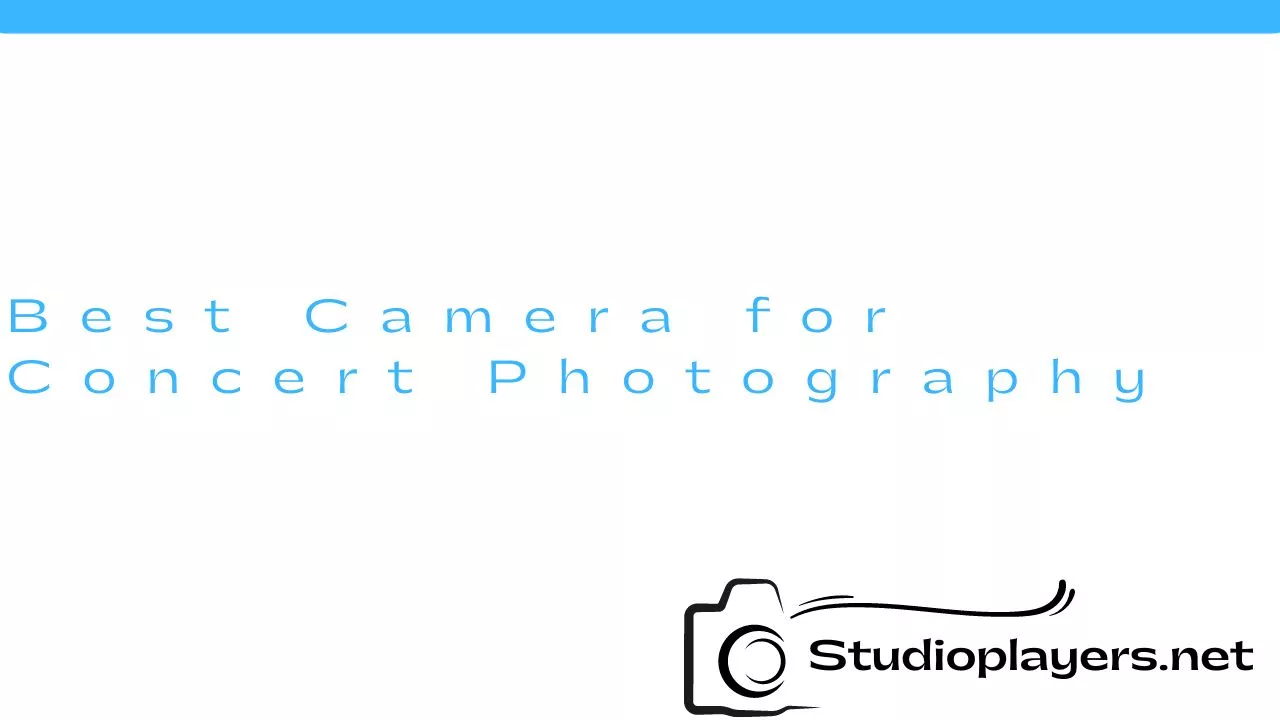Many pet owners love to take pictures of their furry friends, but getting the perfect shot can be challenging. Choosing the right camera can make all the difference in capturing those precious moments. In this article, we’ll explore the best cameras for pet photography.
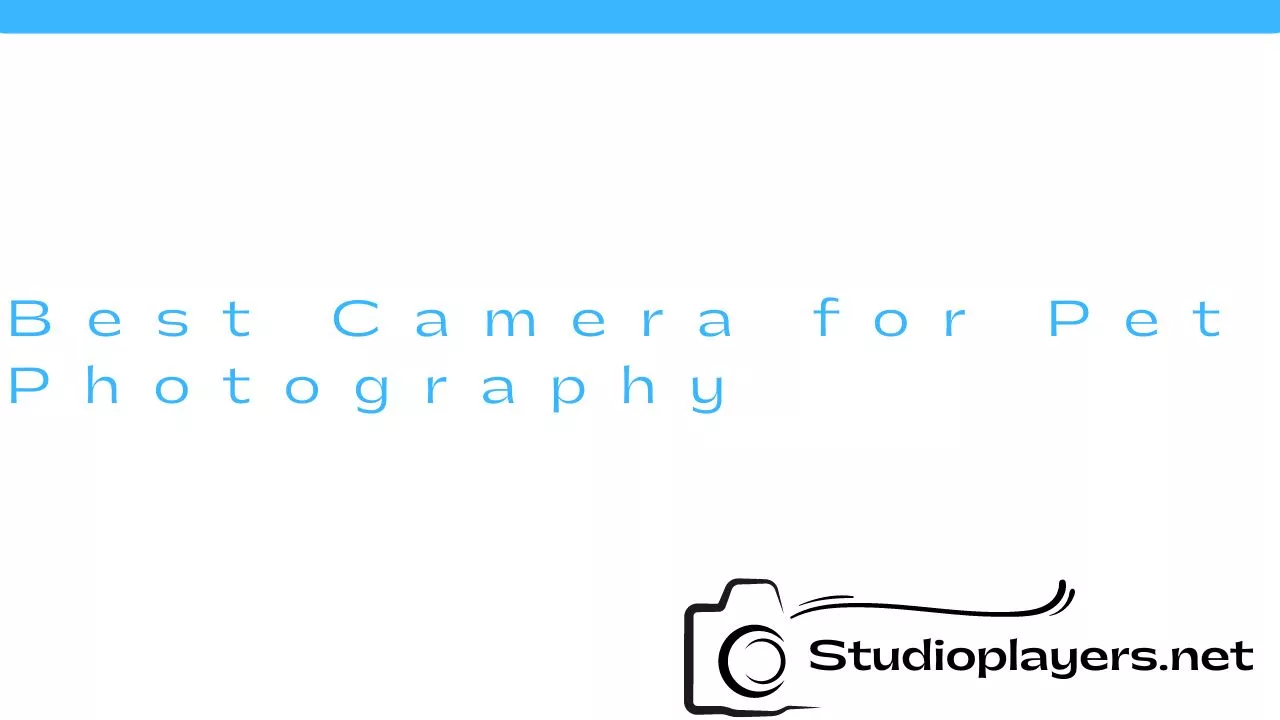
1. DSLR Cameras
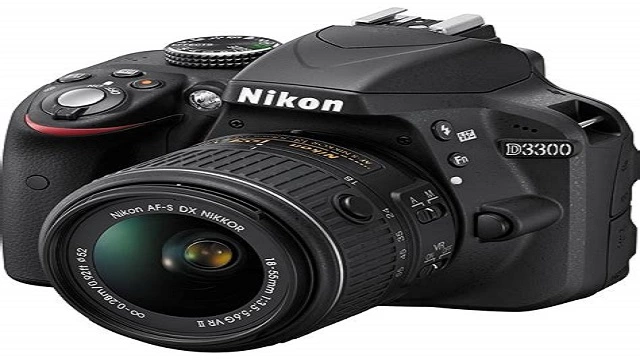
DSLR cameras are a popular choice for pet photography because they offer great image quality and the ability to change lenses. The large image sensor captures more light, resulting in clearer images with less noise. The interchangeable lenses allow you to choose the best lens for your pet’s size and environment.
2. Mirrorless Cameras
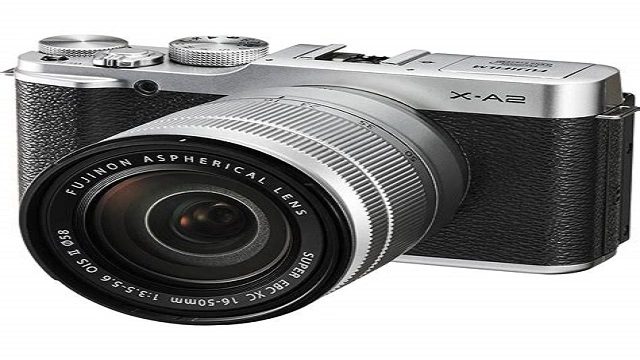
Mirrorless cameras are a newer type of camera that offer many of the same benefits as DSLRs, but in a more compact and lightweight package. They also offer fast autofocus and high-speed burst shooting, making it easier to capture your pet’s movements.
3. Point-and-Shoot Cameras
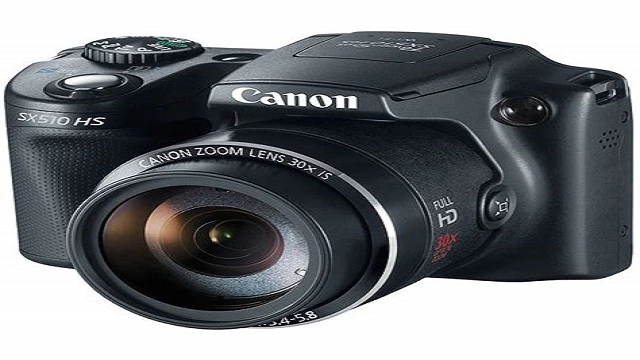
Point-and-shoot cameras are a convenient option for pet owners who want a camera that’s easy to use and portable. They’re also less expensive than DSLRs and mirrorless cameras. However, they generally have smaller sensors and lower image quality.
4. Action Cameras
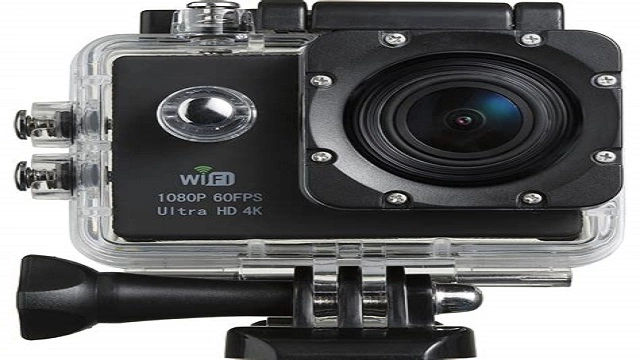
Action cameras like GoPro are a great choice for capturing pets in action. They’re small, lightweight, and waterproof, making them perfect for outdoor adventures. They also have wide-angle lenses that can capture more of your pet’s surroundings.
5. Smartphone Cameras
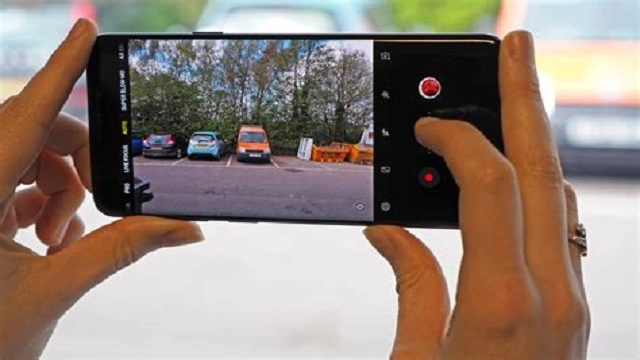
Many pet owners use their smartphone cameras to capture their pets because they’re always with them. Smartphones have come a long way in terms of camera quality, with many models offering high-resolution images and advanced features like portrait mode and night mode. However, they often have smaller sensors and limited zoom capabilities.
6. Zoom Lenses
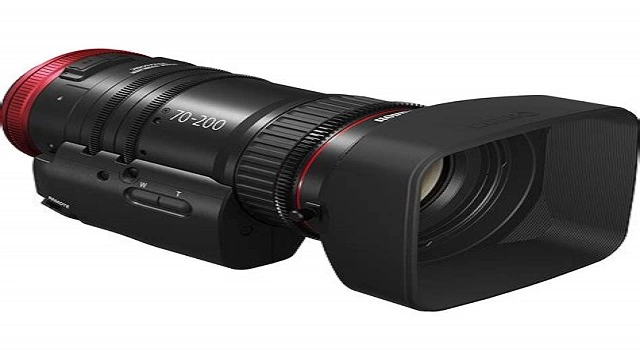
Zoom lenses are a must-have for pet photography because they allow you to get up close and personal with your pet without disturbing them. They’re also great for capturing action shots from a distance. Look for zoom lenses with a wide aperture for better low-light performance.
7. Prime Lenses
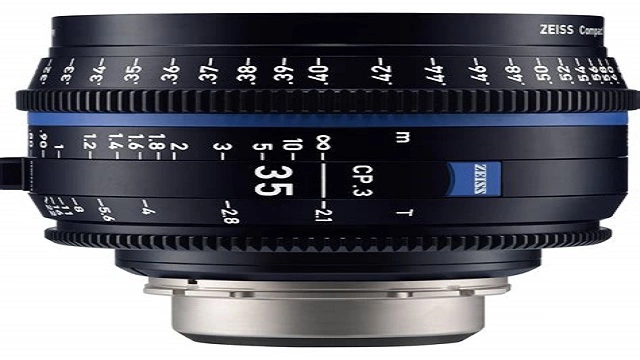
Prime lenses have a fixed focal length, meaning they can’t zoom in or out. However, they often offer better image quality and wider apertures than zoom lenses. They’re also great for portraits, as they can create a shallow depth of field that blurs the background and makes your pet stand out.
8. Flash
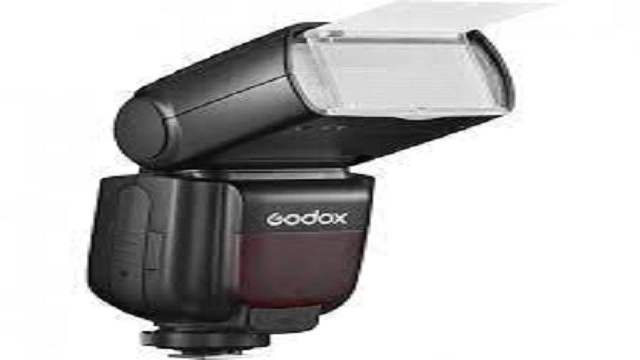
Using a flash can be helpful for capturing pets in low-light situations. However, it’s important to use it correctly to avoid harsh shadows and red-eye. Consider using an external flash that can be angled and diffused for more natural-looking lighting.
9. Tripod
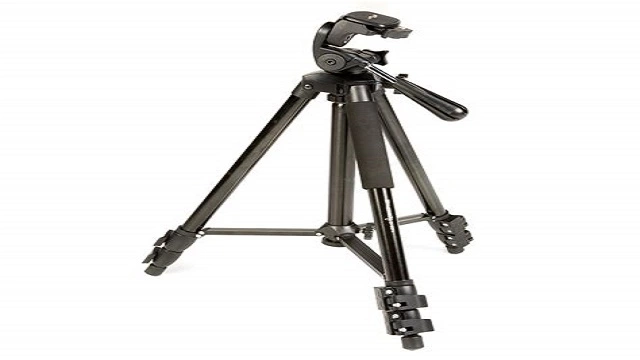
A tripod can be useful for keeping your camera steady and capturing sharp images. It’s especially helpful for taking portraits or capturing pets that don’t stay still. Look for a tripod that’s sturdy and easy to adjust.
10. Remote Shutter Release
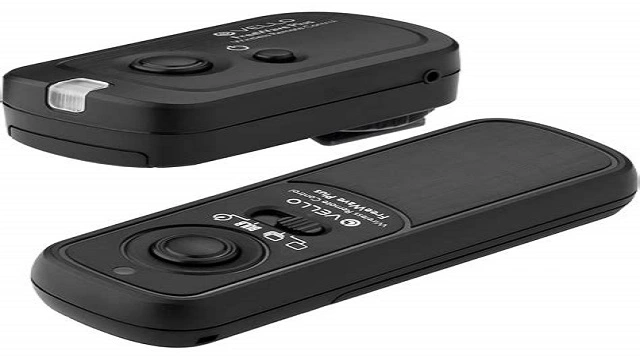
A remote shutter release allows you to take photos without touching your camera, which can help reduce camera shake and make it easier to capture pets that are on the move. Some cameras have built-in Wi-Fi or Bluetooth that can be used to control the camera remotely.
Conclusion
Choosing the right camera for pet photography depends on your needs and budget. DSLRs and mirrorless cameras offer the best image quality and versatility, but point-and-shoot cameras and smartphones can also produce great results. Consider investing in a zoom lens, prime lens, flash, tripod, and remote shutter release to take your pet photography to the next level.
Rekomendasi Lain:
- Best Camera for Concert Photography Concert photography is a unique form of photography that requires a special set of skills and equipment. Capturing the energy and excitement of a live performance can be challenging, but…
- Best Point and Shoot Camera Under $300 If you're in the market for a new camera but don't want to break the bank, a point and shoot camera is a great option. These cameras are compact, easy…
- Prime Guard Security Camera Reviews Are you looking for a reliable and effective security camera to protect your home or business? Look no further than Prime Guard Security Camera. With their cutting-edge technology and top-of-the-line…
- Proaim Prime 100mm Tripod Fluid Head for DSLR Video Camera Are you looking for a reliable fluid head for your DSLR video camera? Look no further than the Proaim Prime 100mm Tripod Fluid Head. This high-quality fluid head is designed…
- Polaroid Camera with SD Card Polaroid cameras have been around for decades, and they're still popular for their unique ability to instantly print out photos. But with the advancement of technology, Polaroid cameras have evolved…
- Best Camera for Sports Moms As a sports mom, you know how important it is to capture every moment of your child's game. Finding the right camera can be a challenge, but with so many…
- Screw In Security Camera Reviews Security cameras have become an essential part of our lives, whether it's for home or business use. With so many options available in the market, it can be overwhelming to…
- Sony Cyber Shot Camera Battery Are you a photography enthusiast or a professional photographer looking for a reliable camera battery? Look no further than the Sony Cyber Shot camera battery. This battery is designed to…
- Best Underwater Camera for Snorkeling Snorkeling is a unique and exciting way to explore the underwater world. Whether you are a beginner or an experienced snorkeler, having an underwater camera can help you capture the…
- Rode VideoMicro Compact On-Camera Microphone with Rycote… If you're a videographer, vlogger, or content creator, you know the importance of high-quality audio in your videos. The Rode VideoMicro Compact On-Camera Microphone with Rycote Lyre Shock Mount is…
- Drones with Cameras Long Range Long-range drones with cameras offer users the ability to capture stunning aerial footage from great distances. These types of drones are perfect for professional photographers and videographers who need to…
- Camera Brand that Merged with Minolta Minolta Corporation, a Japanese camera manufacturer, was a prominent player in the photography industry for many years. However, in the early 2000s, the company faced financial difficulties and decided to…
- Best Camera for Live Streaming Church Live streaming has become an integral part of the church community, especially during the pandemic. Churches around the world have turned to live streaming to reach out to their congregation…
- Best Camera for Self Filming Hunts Self filming hunts has become a popular trend among hunters. It allows them to capture their hunting experiences and share it with others. To capture those moments, one needs a…
- Baby Monitor With 2 Cameras: A Must-Have for Parents As a new parent, keeping an eye on your little one is a top priority. That's where a baby monitor with 2 cameras comes in handy. With the ability to…
- Best Video Camera Under $1000 When it comes to creating high-quality video content, having the right equipment can make all the difference. While there are certainly expensive cameras on the market that can produce stunning…
- Best AA Batteries for Trail Camera Trail cameras are a great way to capture wildlife and monitor your property. They work by taking pictures or videos when motion is detected. However, trail cameras require batteries to…
- Moultrie Mobile Edge Cellular Trail Camera Reviews Do you love hunting or wildlife photography? If yes, then you must be aware of the importance of a good trail camera. Trail cameras are essential for capturing high-quality images…
- DSLR Camera with Flip Screen If you're someone who loves photography, then you know how important it is to have a good camera. And when it comes to DSLR cameras, there are so many options…
- Best Trail Camera for Security Trail cameras are an excellent tool for monitoring your property. Whether you want to keep an eye on wildlife or ensure that your home is secure, a trail camera can…
- Drone with Thermal Camera Price Thermal cameras are an incredibly useful tool for a range of industries, from search and rescue missions to construction and agriculture. Drones equipped with thermal cameras have become increasingly popular,…
- Which Camera is Best for Me? Choosing the right camera can be an overwhelming task, especially if you are not a professional photographer. With so many options available, it is important to understand your needs and…
- Best Mini Spy Camera with Longest Battery Life A mini spy camera is a great tool to have if you want to keep an eye on your home or office. These cameras are small and discreet, making them…
- Drone with Camera No Phone Needed Drones are becoming increasingly popular among hobbyists, photographers, and videographers alike. They offer a unique perspective and allow us to capture images and videos that were once impossible. However, most…
- Best Digital Camera Under $300 Are you looking for a digital camera that won't break the bank? With so many options on the market, it can be challenging to find the right one. However, you…
- Best Batteries for Blink Camera If you have a Blink camera system, you know how important it is to have reliable and long-lasting batteries. After all, the last thing you want is for your cameras…
- Blackmagic Design Production Camera 4K Blackmagic Design Production Camera 4K is a high-end digital cinema camera designed for professional filmmakers and videographers. It is a state-of-the-art camera that captures stunning 4K footage, making it ideal…
- Best Camera for Family Photography Capturing family moments is one of the best ways to preserve memories that can be cherished forever. However, choosing the right camera for family photography can be a daunting task.…
- Best Bird Feeder with Camera If you love watching birds, then you might want to consider investing in a bird feeder with a camera. These bird feeders come with a camera that allows you to…
- Fixed Wing Drone with Camera Fixed wing drones with cameras are unmanned aerial vehicles that are designed to capture aerial footage and images. These drones operate on a fixed wing platform, which allows them to…











